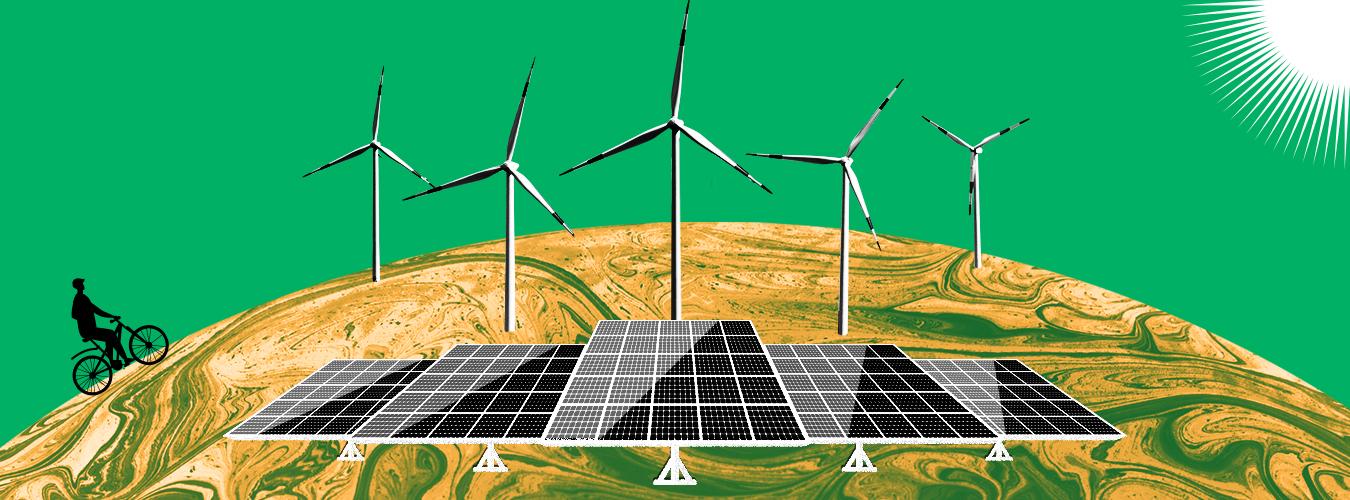.


.


Some of the opportunities in achieving affordable and clean energy are:
Improving the quality of life and well-being of millions of people who currently lack access to modern electricity and clean cooking fuels, especially in rural and remote areas of developing countries.
Access to energy can provide basic services, such as lighting, cooking, heating, cooling, communication, education and health care, that can enhance human dignity and empowerment.
Creating economic development and jobs in the energy sector and other sectors that depend on energy, such as agriculture, industry, trade and services.
Access to energy can enable productive activities, innovation and competitiveness that can generate income and wealth.
Protecting the environment and combating climate change by reducing greenhouse gas emissions and air pollution from fossil fuels that harm human health and biodiversity.
Access to renewable energy sources, such as solar, wind, hydropower, geothermal and biofuels, can also conserve natural resources and enhance the resilience of ecosystems and communities to environmental shocks and stresses.
Strengthening international cooperation and solidarity among different stakeholders, such as governments, private sector, civil society, academia and media, to facilitate access to clean energy research and technology, promote investment in energy infrastructure and clean energy technology, and implement policies and regulations that support the transition to renewable energy sources. This can help to achieve the Sustainable Development Goals (SDGs) that aim to end poverty, protect the planet and ensure peace and prosperity for all by 2030.

Some facts and statistics about affordable and clean energy are:
According to the Global Goals, renewable energy solutions are becoming cheaper, more reliable and more efficient every day, and can help to counter climate change, one of the biggest threats to our own survival.
According to the UN Environment Programme, energy is the dominant contributor to climate change, accounting for around 60 per cent of total global greenhouse gas emissions, and changing the way we produce and consume energy is essential to reduce emissions and protect the environment.
According to the American Clean Power Association, clean energy avoids 438 million tons of CO2 emissions every year, and already supplies 15.2% of U.S. electricity. Wind and solar costs have fallen 42% and 57% respectively over the last decade, making them the most affordable new electricity sources in the majority of the U.S.
According to the World Bank, on average, 91 percent of people across the world had access to electricity in 2021, but in some countries the access rate was as low as 19 percent. Increased electricity access, however, has come with higher greenhouse emissions.